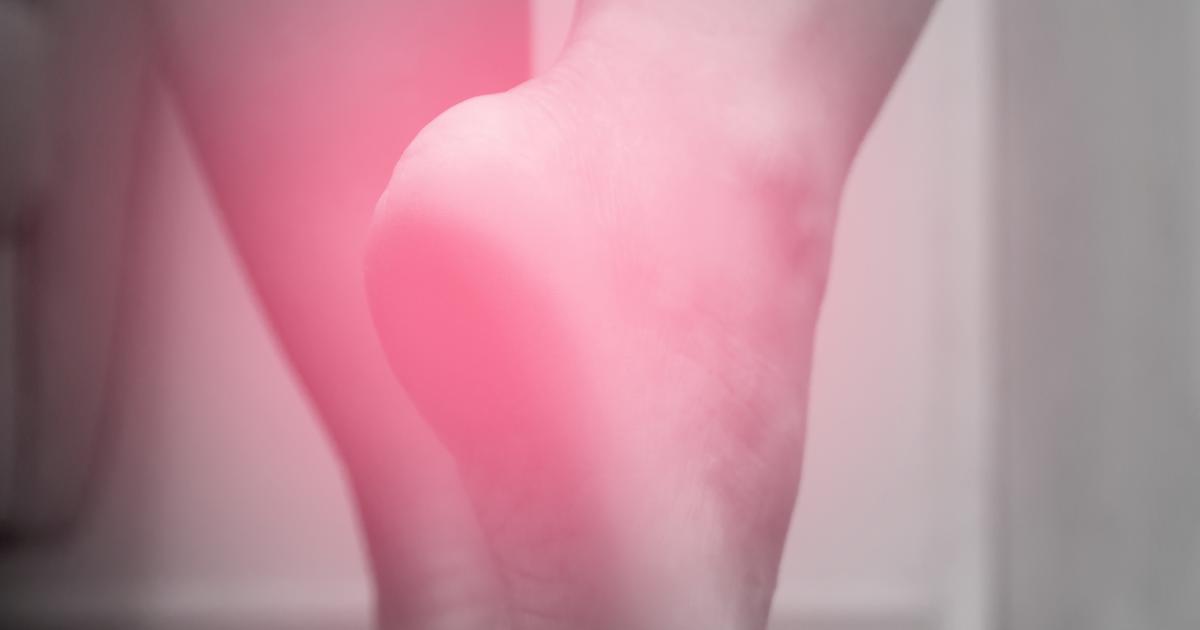What Are The Symptoms Of A Heel Spur?
A heel spur develops when there is an excessive growth in the heel bone, normally the result of an accumulation of excess calcium (a calcium deposit) underneath the heel bone. The typical length of a heel spur is around a quarter of an inch. Heel spurs are caused by long-term strain on the muscles and ligaments in the area. For example, repetitive stress on the heel from activities such as walking, jogging, or jumping on pavement or hard surfaces is a major cause of heel spurs. These spurs could also be caused by wearing worn-out shoes or from wearing flip flops too frequently. Individuals who have plantar fasciitis, arthritis, obesity, or walking gait issues are at an elevated risk of developing this foot condition. Heel spurs can be detected with imaging studies, and most cases are treated conservatively with ice, rest, orthotic shoe inserts, and physical therapy. Surgery is considered if other treatments have not worked.
The symptoms outlined below are experienced by many patients with heel spurs.
Inflammation And Swelling

The inflammation and swelling associated with heel spurs typically affect the front of the heel. As a heel spur worsens, the arch of the foot may also become inflamed and swollen. Patients might notice redness over the area, and it could feel slightly warmer than the surrounding tissue. Doctors can check for swelling by gently feeling the area. If inflammation and swelling are present, doctors often recommend patients take anti-inflammatory medication such as ibuprofen. Some patients may need to receive injections of anti-inflammatories. The use of an ice pack is recommended to ease swelling. Ice packs can be made by freezing a gel pack or by placing ice cubes in a plastic bag. The pack should always be covered with a towel to prevent burns to the skin. Ice packs can be used as often as needed, and doctors suggest applying them for no more than twenty to thirty minutes at a time.
Uncover more symptoms of heel spurs now.
